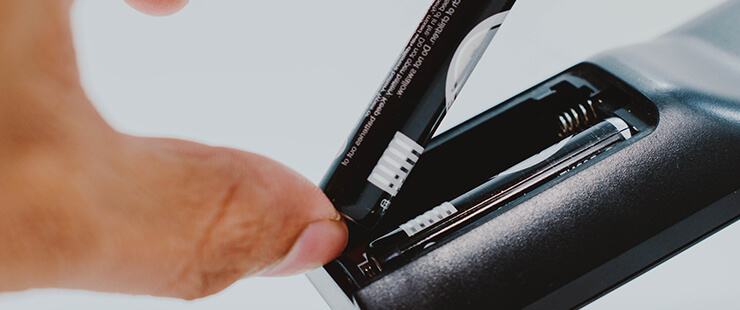Get unique, complex parts easily. No matter your requirements, Chaoyi Spring creates hard-to-produce coil springs and wire forms.
Let us help you create the custom wire form you need, from S-hooks and J-hooks to utility hooks and more.
We work closely with customers across a wide range of industries, helping them design and manufacture made-to-order parts.
Why choose Chaoyi Spring? We prioritize customer-focused collaboration, modern equipment and the latest technology to make your parts per print.
Find the information and guidance you need, from measuring a spring to learning about materials, placing an order and much more.
Spring torsion, a fascinating and often overlooked concept in mechanics, plays a vital role in various applications. From the intricate mechanisms of watches to the robust suspension systems of vehicles,


Spring torsion, a fascinating and often overlooked concept in mechanics, plays a vital role in various applications. From the intricate mechanisms of watches to the robust suspension systems of vehicles, spring torsion is the driving force behind countless everyday devices. This article delves into the intricate world of spring torsion, exploring its principles, types, applications, and significance in modern technology.

Spring torsion, simply put, is the twisting or rotating force that a spring exerts when subjected to a torque. Imagine a common coil spring – when you twist one end, the spring resists that twisting motion, storing energy in the process. This resistance, or the force generated in response to the twist, is what we call spring torsion. Think of it as the spring's way of fighting back against your attempt to change its shape.
Spring torsion is governed by the fundamental principles of elasticity and torque. The degree of torsion a spring exhibits is determined by several factors, including:
Torsion springs come in various shapes and sizes, each designed to serve specific purposes. Here are some common types:
Spring torsion finds applications across a wide range of industries and technologies, demonstrating its versatility and importance in the world of mechanics:
The use of spring torsion offers several advantages in design and functionality:
Spring torsion is a fundamental concept in mechanics with far-reaching implications. Its applications span various fields, from everyday objects to complex industrial machinery. By understanding the principles of spring torsion and the different types available, engineers and designers can effectively leverage its power to create innovative and efficient solutions for a wide range of applications.
The next time you twist a doorknob, watch a clock tick, or see a car traverse a bumpy road, remember the silent force of spring torsion at work. Its unassuming presence is a testament to the ingenuity of mechanical design, shaping our world in countless ways.
Browse some of the custom wire forms and springs that we manufacture. Don’t see what you need? We specialize in made-to-order products that meet your application requirements.
Visit Our GalleryNeed a custom wire form or coil spring? We make it work. Fill out the contact form and a representative will respond within 1 business day. If you have a PDF or CAD file, you can submit to request a quote.